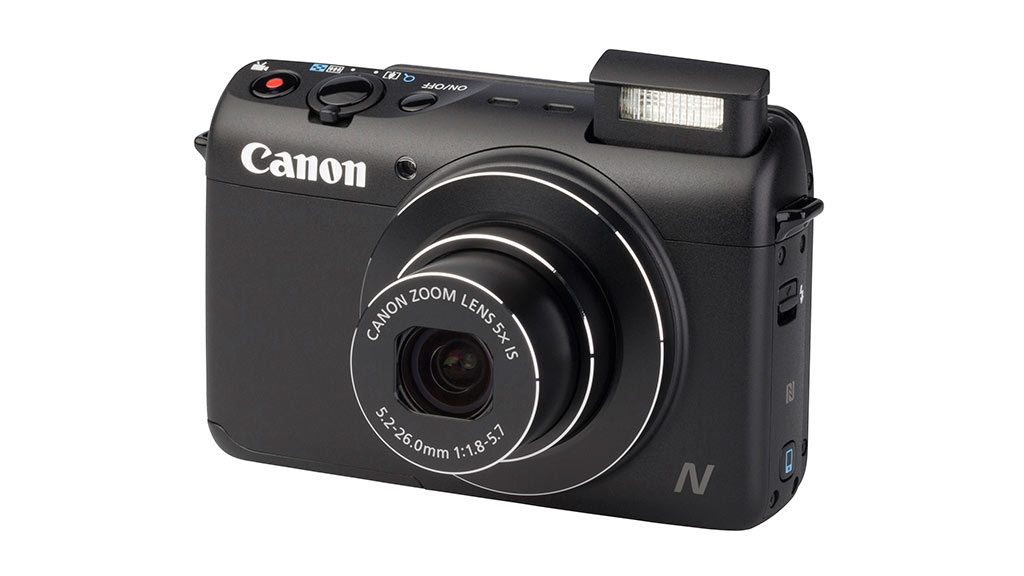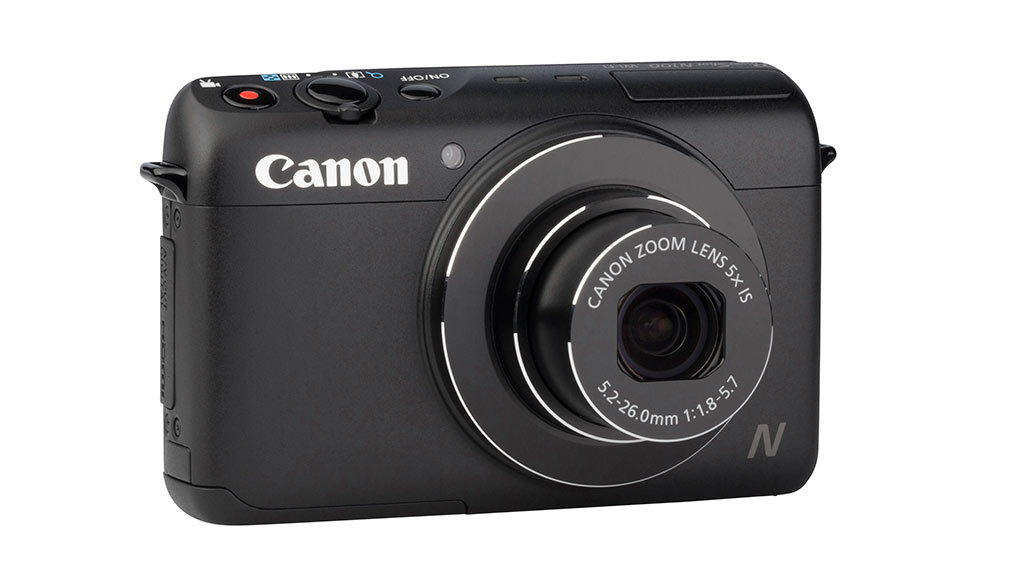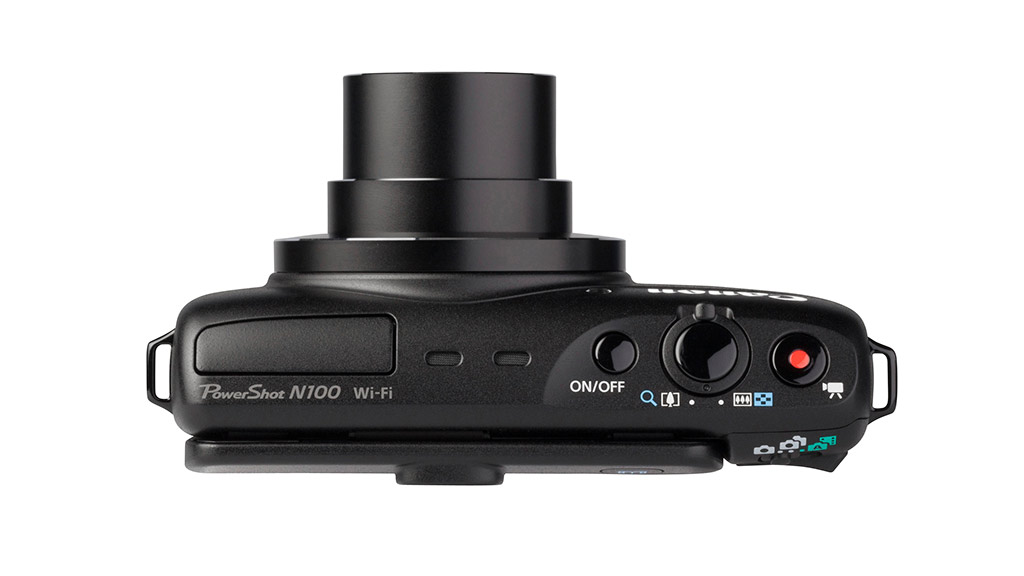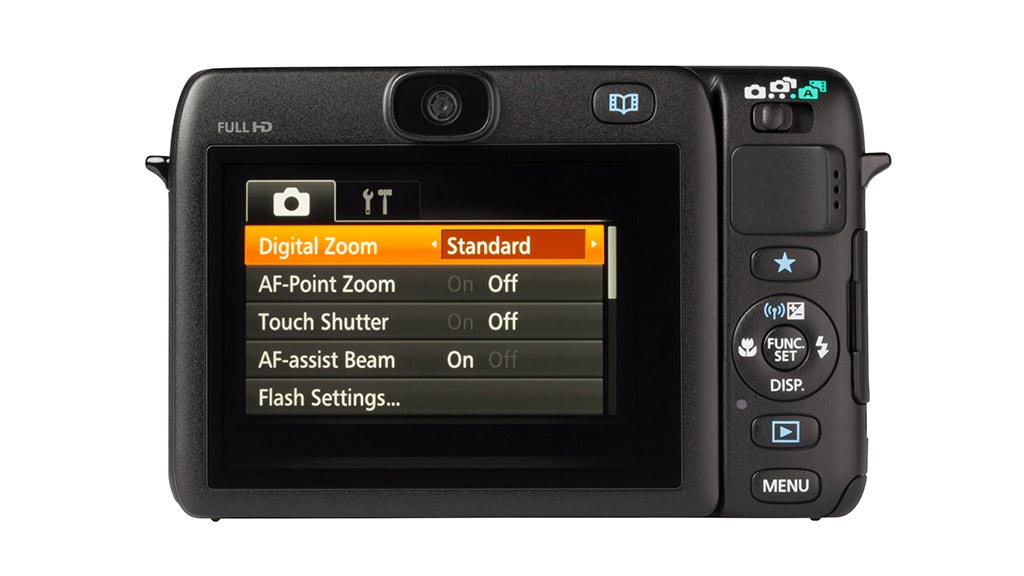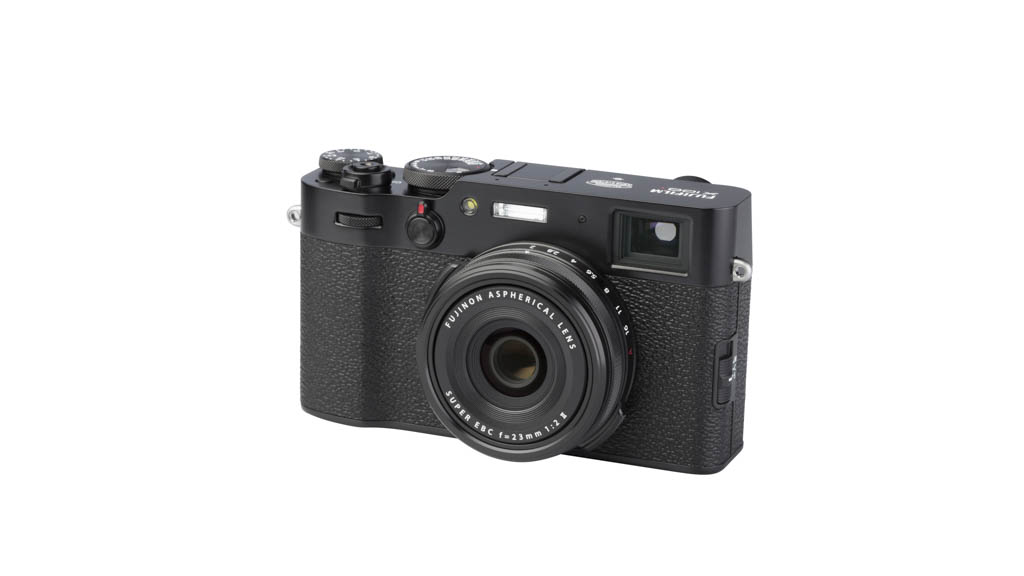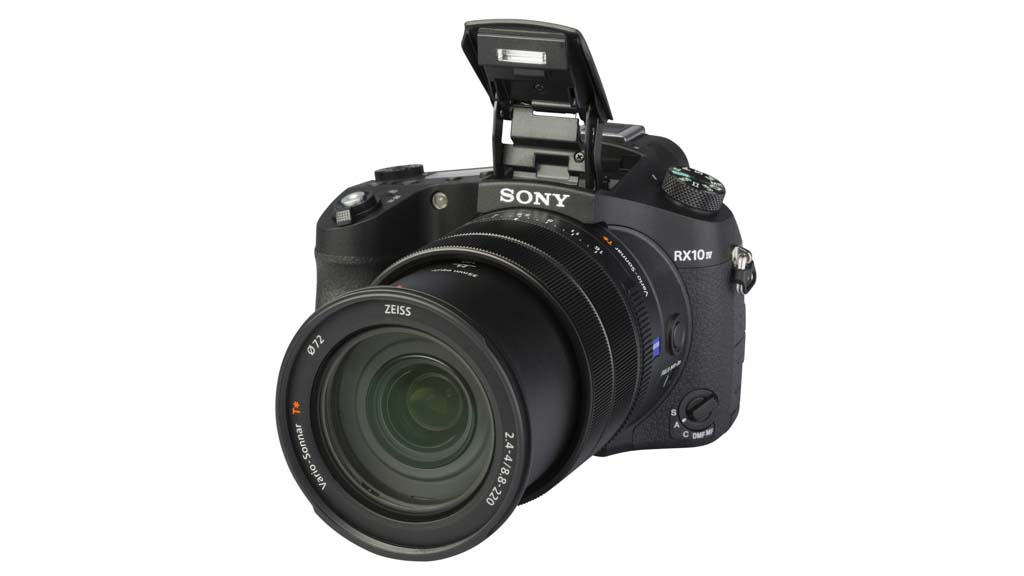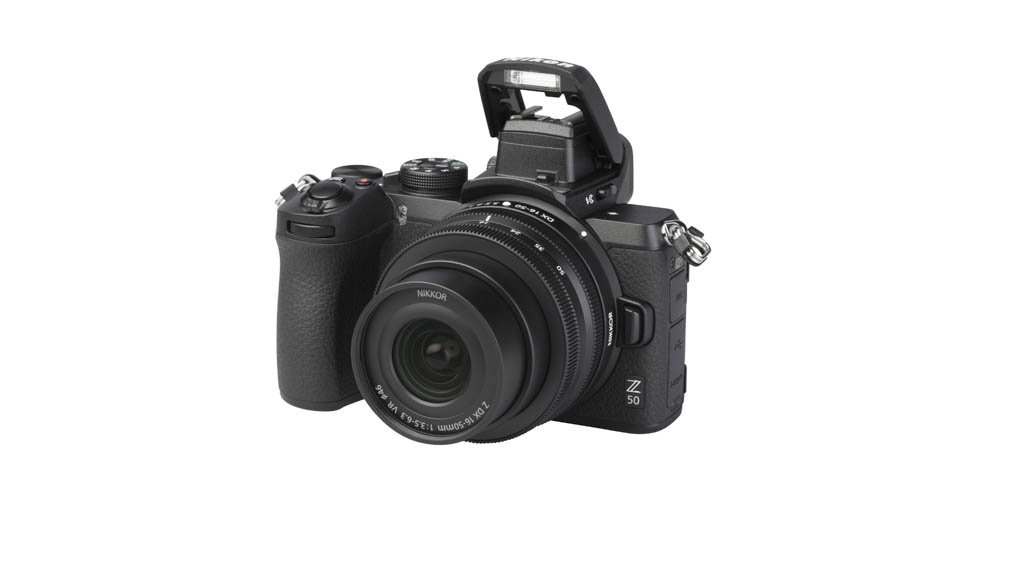Lens
fixed lens
Zoom range (mm)
24 – 120
Lens factor
5
Minimum aperture range (f-stops)
1.8 – 5.7
Minimum shutter speed (secs)
1/2000
Maximum shutter speed (secs)
15 – 1 second in auto mode
Lens diameter (mm)
Not applicable
Lens length (mm)
Not applicable
Lens weight (g)
Not applicable
Lens filter thread (mm)
Not applicable
Lens mount
Not applicable
Sensor type
CMOS
Sensor size
Not applicable
Effective resolution (MP)
12
Dimensions (mm, WxHxD)
111 x 67 x 37
Weight (g)
290
Tripod socket
Metal (not centred)
Start-up time (sec)
1.5
Shutter delay 1m (sec)
0.48
Shutter delay 8.5m (sec)
0.47
ISO rating
80 – 6400
Exposure correction (lower)
-2
Exposure correction (higher)
2
Continuous shooting mode
3.3
Frame limit in continuous mode
1000
Number of selectable exposure programs
7
Closest focus wide (m)
0.03
Closest focus tele (m)
0.3
Closest focus macro (m)
0.03
Focus points (auto mode)
Not stated
Monitor size (mm)
60 x 45
Monitor ratio
4:3
Monitor swivel (V x H, deg)
Not applicable
Viewfinder type
Not applicable
Viewfinder diopter
Not stated
Video ratios supported
4:3, 16:9
Video format
MP4 (codec MPEG4-AVC (H.264))
Maximum frame rate – progressive
30
Number of selectable exposure programs – video
1
Audio recording format
Stereo
Memory card type
SDHC, SDXC
Internal memory (MB)
None
Number of memory cards – insertable
1
Image ratios supported
3:2, 4:3, 16:9
Flash type
pop-up manual
Battery type
Li-Ion (1)
CIPA battery cycles
330
Image editing software
Image Browser EX
RAW converter software
Not applicable
Video editing software
Image Browser EX
 Results for paid members only
Results for paid members only
 Results for paid members only
Results for paid members only

